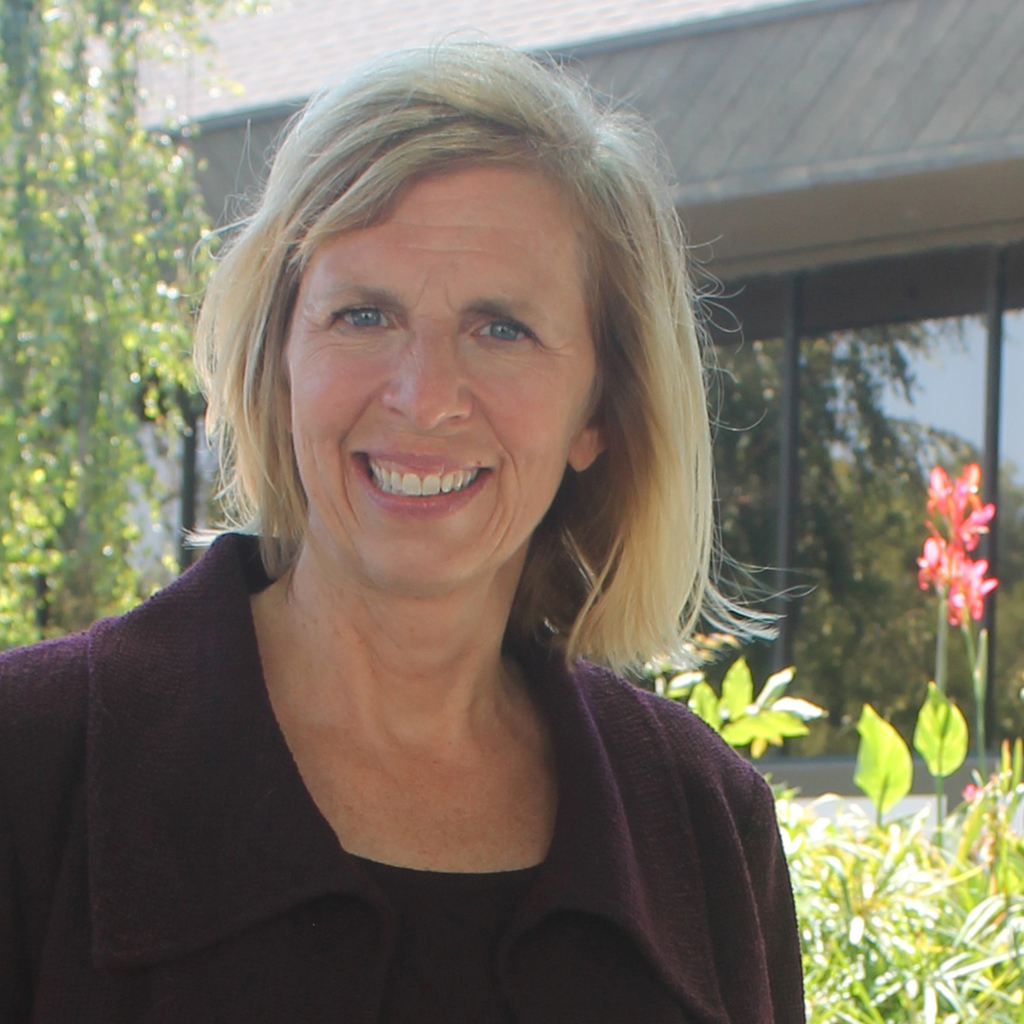Julie Eng
II-VI Incorporated, USAFor contributions in technology development and productization of fiber optic transceivers and 3D Sensing VCSELs.

“How many people have used a laser today?” asks Julie Eng in many of her talks. She is usually met with only a few hands or nods before telling the audience, “Actually, if you have a cell phone, you have a laser right in your pocket!” Julie uses this question to illustrate how influential and essential optics and photonics technologies are to everyday life. She is passionate about her field and loves being at the forefront of technology.
Julie grew up in the Midwestern United States, without scientists or engineers in her family. She was always interested in math and excelled in math competitions held by the local mechanical engineering society. She scored high enough to attend the society’s banquet, and the engineers there encouraged her to explore engineering. Her dad found Caltech’s “3/2 Program,” which partners with small liberal arts colleges to allow students to get a strong liberal arts education and then transfer to Caltech after their junior year. Julie attended Bryn Mawr College in Pennsylvania for three years and then transitioned to Caltech for two years. By the end of the program, she earned two bachelor’s degrees: one in Physics from Bryn Mawr and a second in Engineering from Caltech. She reflects that this program allowed her to get a broad liberal arts education as well as a deep technical education. She later went on to earn MS and PhD degrees in Electrical Engineering from Stanford University.
Julie took many different summer jobs and internships throughout her education, and these were essential aspects of her development. She shares that by working in many areas in short-term, low-risk situations, a young scientist or engineer can quickly discern what area will be the best fit. Her first such experience was with the Fermi National Accelerator Laboratory in Illinois, focusing on high-energy physics. She says, “It was way better that I figured out [it wasn’t a good fit for me] as a sophomore in college rather than after seven years of grad school!” She eventually found her niche at AT&T Bell Labs one summer. They were working on optical fiber communications there, and she found that the pace, type of work, and subject aligned with what she wanted out of her career. She joined Bell Labs as a staff member after completing her graduate education.
Throughout her career, Julie has focused on delivering new products. At Finisar, she ran the transceiver team for 15 years, and during that time they released over 200 products, more than a product a month. She highlights three projects that are particularly noteworthy for her. One was when Finisar introduced the first 100Gb/s transponder onto the market. She says, “It was a huge, interdisciplinary effort for the company.” Second was the silicon photonics effort within the company, which Julie championed. As a result, Finisar was the first to demonstrate a 50Gb/s end-to-end link with silicon photonics at a fraction of the investment expense compared with other companies. Lastly, she is especially proud of her recent work with vertical-cavity surface-emitting laser (VCSEL) technology. Teams she is managing ramped a 6² GaAs VCSEL factory in the US, shipping VCSELs in very high volumes into mobile phone and automotive applications.
Looking to the future, Julie believes that people are learning the value of optics and lasers in their daily lives. Lasers and optics fuel fiber optics, which is used for communications such as streaming videos. In addition, lasers and optics are used in applications such as mobile phones for features such as facial recognition and photo enhancement, and in automobiles for driver monitoring and driver-assist features. Investing in this technology is expensive, relative to software, and advancement can be delayed if research and development dollars are tight. Recently, customers have been taking things into their own hands by providing funding. “I think customers realize the value of optics and lasers to their products, and they’re willing to invest their own money to ensure the technology advancements they need go forward on the timeframe they need them.”
Photo courtesy of Trity Pourbahrami
